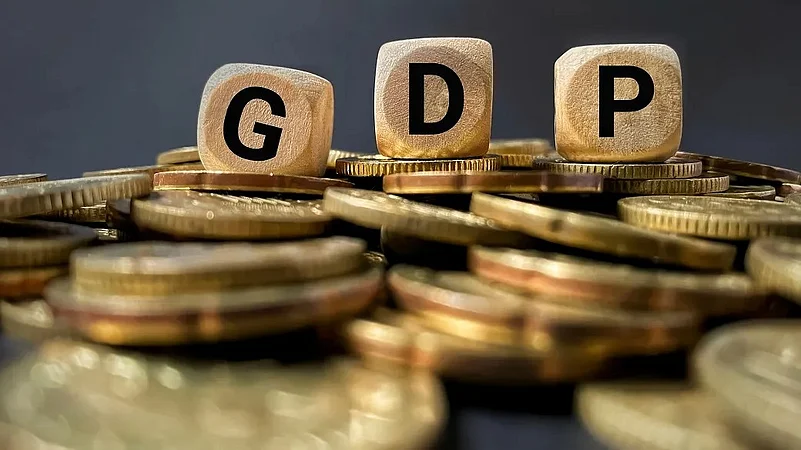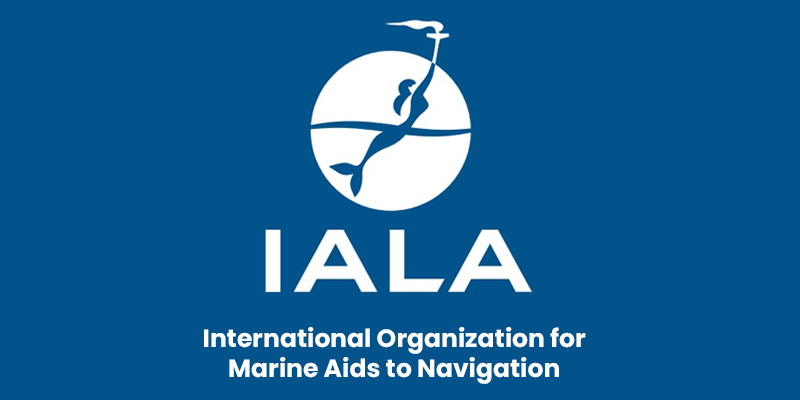Global Government and Corporate Debt
Context:
The total outstanding government and corporate bonds worldwide exceeded $100 trillion in 2023, according to a report released by the Organisation for Economic Co-operation and Development (OECD).
Rising Interest Costs and Economic Impact
- Interest Costs: Between 2021 and 2024, interest costs as a share of global economic output increased from historic lows to the highest levels seen in two decades.
- According to the OECD, governments within its member states spent 3.3% of their GDP on interest payments in 2023—exceeding their defence expenditures.
- Although central banks have begun reducing interest rates, borrowing costs remain significantly higher than pre-2022 levels.
- Consequently, as low-interest debt continues to be replaced, the burden of interest payments is expected to rise further.
- Fiscal Challenges: This trend is unfolding at a time when governments are facing significant fiscal challenges.
- For instance, Germany recently approved a massive infrastructure investment plan and increased defence spending at the European level.
- Additionally, major economies must contend with persistent expenses related to climate change initiatives and ageing populations.
OECD
The Organisation for Economic Co-operation and Development (OECD) is an international organisation founded in 1961 to stimulate economic progress and world trade. It serves as a platform for member countries to collaborate, compare policy experiences, and develop solutions to common challenges. The OECD is headquartered at the Château de la Muette in Paris, France. It comprises 38 member countries, primarily high-income democracies with market economies including nations from Europe, North America, Asia-Pacific, and Latin America. It publishes economic reports, statistical databases, and policy recommendations. The OECD evolved from the Organisation for European Economic Co-operation (OEEC), which was established in 1948 to administer Marshall Plan aid for post-war reconstruction in Europe.
Constraints on Future Borrowing
- The OECD warned that the combination of rising debt levels and higher borrowing costs could restrict future borrowing capacity, especially at a time when global investment needs are at an all-time high.
- Despite the increase in interest rates, more than half of OECD countries and nearly a third of emerging markets are still servicing debt at lower rates than current market levels.
- However, refinancing pressures remain high, with nearly half of government and corporate debt in these economies set to mature by 2027.
Refinancing Risks for Low-Income Nations
- Low-income countries and high-risk economies face the most severe refinancing challenges.
- More than 50% of their debt will mature within the next three years, and over 20% is due this year, the report noted.
- As borrowing becomes more expensive, governments and corporations must ensure that their debt is directed toward long-term economic growth and productivity, OECD’s Head of Capital Markets and Financial Institutions, Serdar Celik, emphasised.
Shifting Corporate Borrowing Trends
- Since 2008, companies have increasingly used debt for financial engineering, such as refinancing existing obligations and shareholder payouts, rather than for capital investments.
- This shift has contributed to declining corporate investment levels, the OECD noted.
- In emerging markets, where foreign currency borrowing is prevalent, the OECD emphasised the need to develop local capital markets to reduce dependency on external debt.
- The cost of issuing dollar-denominated bonds has surged from around 4% in 2020 to over 6% in 2024, with junk-rated economies facing rates exceeding 8%.
- Many emerging markets struggle to tap into domestic financial resources due to low savings rates and underdeveloped capital markets.
Geopolitical Tens`ions and Climate Financing Challenges
- The OECD report also highlighted the significant financial challenge of transitioning to a net-zero emissions economy.
- Emerging markets outside China are expected to face a $10 trillion funding gap to meet the Paris Climate Agreement goals by 2050.
- If these necessary climate investments are financed primarily through public borrowing, debt-to-GDP ratios could rise by 25 percentage points in advanced economies and by 41 percentage points in China by mid-century.
As global economies navigate these financial hurdles, strategic investments and responsible borrowing practices will be crucial in ensuring economic stability and sustainable growth.


